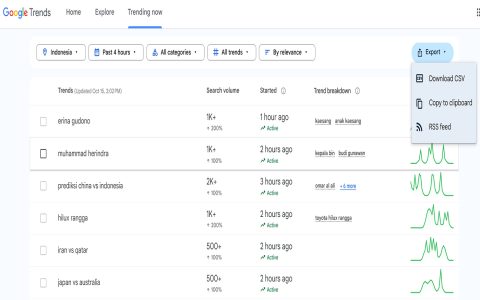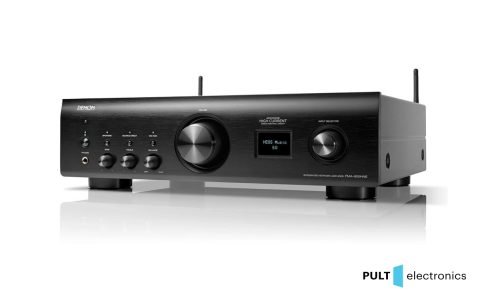Implementing robust on and off switching for power supplies requires careful consideration to ensure device safety and longevity. Key principles include:
Essential Implementation Methods
- Mechanical Switches: Use rocker, toggle, or push-button switches to physically interrupt current flow. Suitable for AC mains disconnection or low-frequency DC.
- Semiconductor Switching: Employ MOSFETs or BJTs controlled by low-power signals for rapid, wear-free switching. Ideal for DC circuits and pulse-width modulation (PWM) regulation.
- Relays (Electromechanical): Utilize coil-driven contacts to isolate control circuits from high-power loads. Provide robust isolation but have finite mechanical life.
- Solid-State Relays (SSRs): Opt for optically isolated semiconductor relays for silent operation, high cycle life, and immunity to contact bounce.
Critical Design Considerations
- Inrush Current Limiting: Implement NTC thermistors, dedicated ICs, or active current limiters to suppress damaging surge currents during capacitive charging.
- Load Dumping & Flyback Protection: Incorporate diodes (e.g., flyback diodes across inductive loads), TVS diodes, or snubber circuits to clamp voltage spikes during turn-off.
- Arc Suppression: Apply RC snubbers across mechanical switch contacts breaking inductive loads or high DC voltages.
- Voltage Rating Margins: Select switches (mechanical or semiconductor) with voltage ratings exceeding the circuit's maximum by at least 30-50%.
- Current Rating & De-rating: Factor in peak current, inrush conditions, ambient temperature, and derating curves to prevent thermal overload.
- Heat Dissipation: Ensure proper heatsinking for semiconductor components based on RθJA (junction-to-ambient thermal resistance).
- Galvanic Isolation: Maintain isolation barriers where needed, especially when switching mains voltage, using relays or transformers.
Optimizing Performance
- Soft-Start Circuits: Use gradual power application to minimize inrush stress on components and prevent nuisance tripping.
- Synchronous Rectification (DC/DC): Enhance efficiency in high-frequency switched-mode supplies using MOSFETs instead of diodes.
- Debouncing Circuits: Integrate hardware (RC filters) or software to clean noisy signals from mechanical switches.
- Gate Drive Considerations: For MOSFETs/BJTs, ensure sufficient gate drive voltage/current for rapid, low-loss switching transitions.








